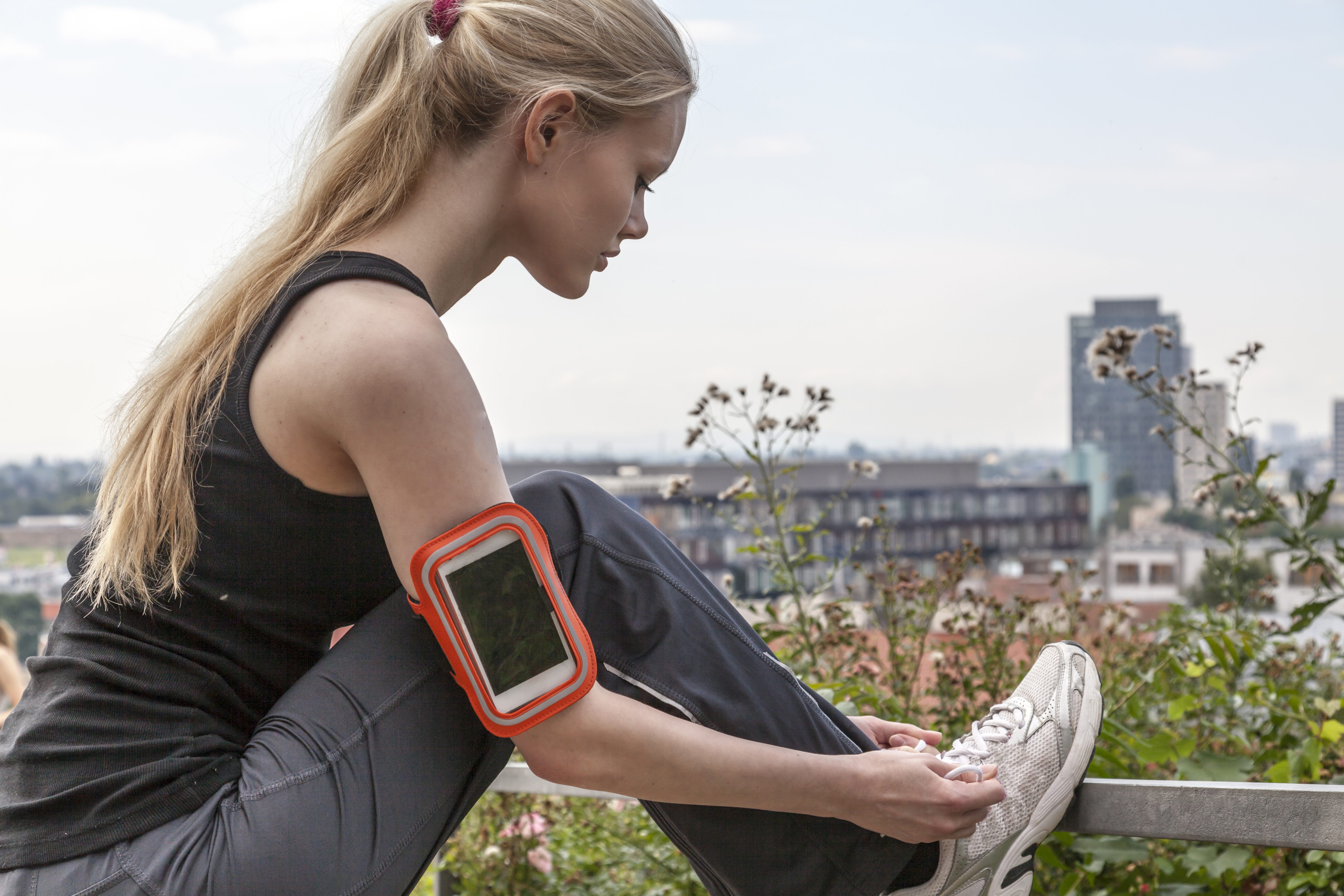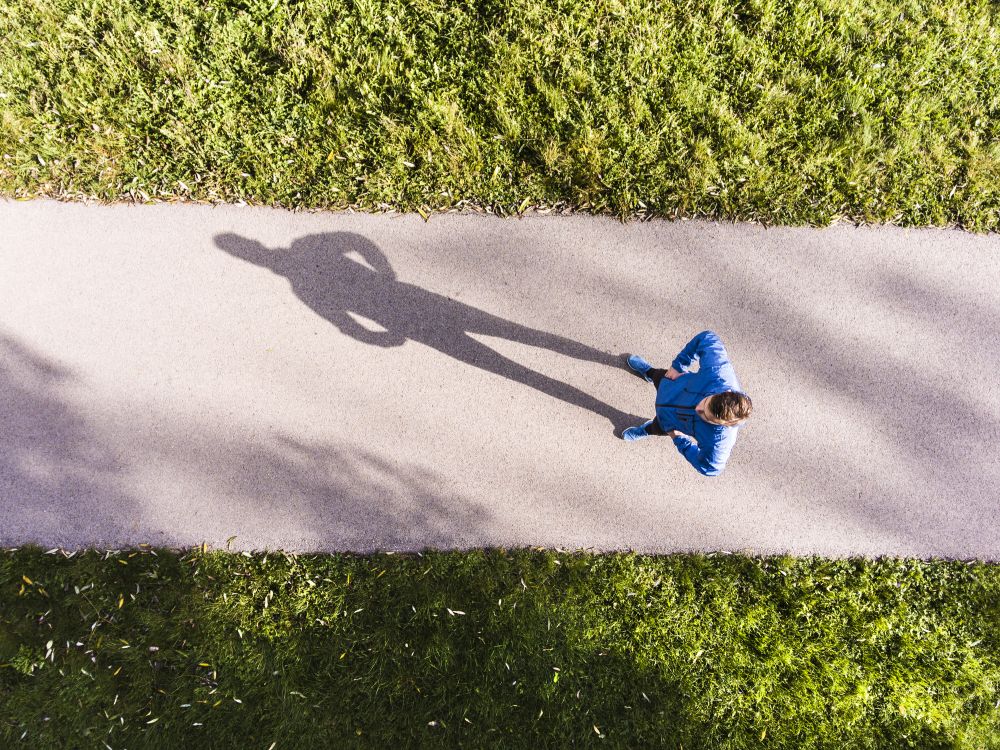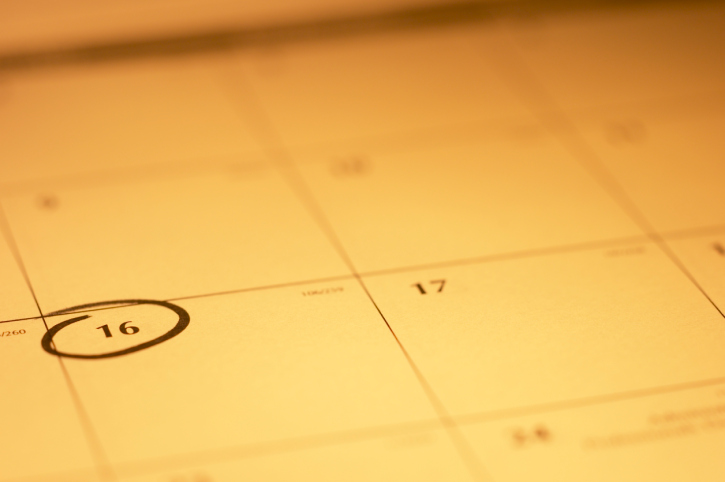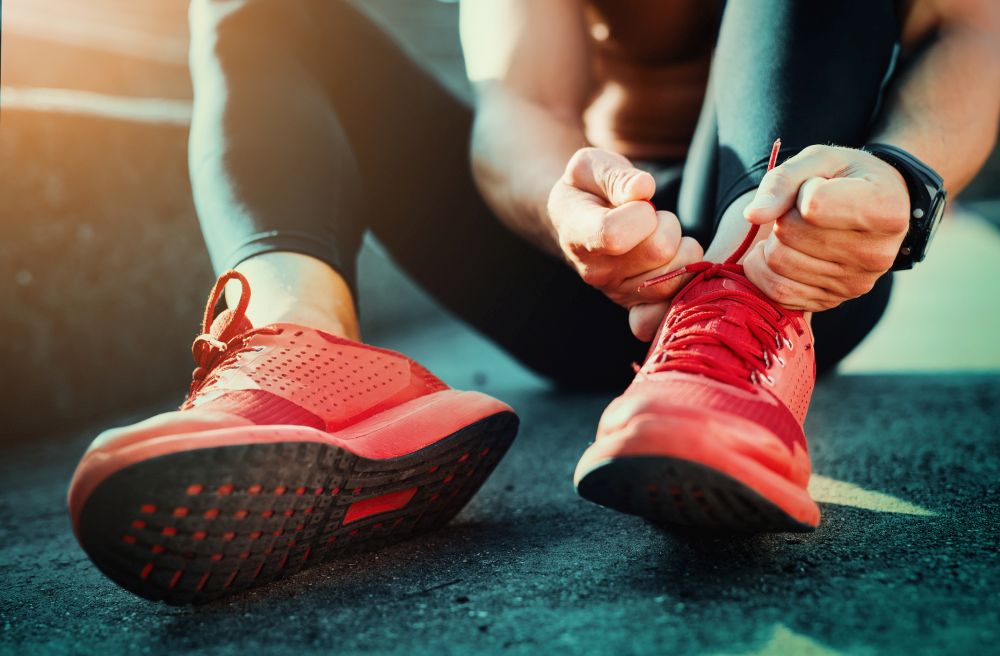How to train for your first 5K
There's no time like the present to get started

If you’re just getting into running, completing your first 5K might seem a bit scary or intimidating, especially if you haven’t run since your teacher made you do laps during high school gym. The good news is, if you stay consistent with your running schedule, you can be ready to tackle your first 5K in a matter of weeks. Not sure how to get started? Allow us to help out.

How long does it take to train for a 5K?
The answer to this depends on your fitness level going into it. If you’re relatively fit from playing other sports already, you can be ready to line up at your first 5K in as little as four to six weeks. If, on the other hand, you’ve been relatively sedentary up until now, you may want to give yourself more time to work up to it. Some beginners prefer to give themselves eight to 10 weeks to get ready.
Rushing yourself into fitness is never a good idea because it puts you at high risk for injuries or burnout, but keep in mind that giving yourself a timeline that’s too long makes it easier to lose motivation and stop training. Try to find a balance that works for you.
How often do you need to run?

Most learn-to-run 5K plans will suggest running three days per week. This is a good goal to shoot for since it allows plenty of time to recover between runs while still getting you out there often enough to see results. If three times per week seems overwhelming, aim for at least twice each week. At this frequency, it may take you longer to be ready for your 5K, but if it feels more sustainable to you at the beginning, it’ll be worth it in the long run.
What you don’t want to do is try to run every single day. For most people, this is too much on your body right away and you’ll put yourself at risk for injuries, and while you may feel super motivated to run every day when you first start out, a schedule like that may not be sustainable in the long-run.
What’s the best way to get started?

The good news is, you don’t have to step out your door and try to get through five kilometres right away. By starting with a walk/run program, you can ease yourself into running without overdoing it. In the beginning, try running for 30 seconds to one minute, with double the amount of rest (so if you run for one minute, walk two minutes and repeat). If double rest isn’t enough, try walking until you’ve caught your breath, and go again. Follow this walk/run pattern for 30 minutes, and every week try to increase the amount you’re running, while slowly decreasing the amount you’re walking. Before you know it, you’ll be running for the full 30 minutes, and you’ll be ready for your first 5K!
If you’re starting a running program when you’ve previously been sedentary, even a walk/run program might be too much, and that’s OK. Start by going out for walks, and once you’re able to comfortably walk for 20 minutes, then begin adding a bit of running into the mix. As we said, there’s no benefit to rushing yourself into fitness, and if you start from where you’re at and work with what you’ve got, you’ll end up being more successful in the long run.
Choose a carrot

A good way to help yourself to stay motivated is to pinpoint exactly when and where you’re going to run your first 5K. Signing up for a local road race is a fun way to encourage you to get out the door every week, but if that sounds too intimidating to you, there are other ways to go about it. Instead, pick a date on your calendar when you’re going to do your own 5K. Make sure you tell a couple of friends or family members so they can help you stay accountable, choose a route and plan to do something fun afterward to make it feel like the real deal, without the nerves or pressure of a crowd.
Do you need anything to get started?

The great thing about running is that it requires very little equipment. While you could run in whatever sneakers you’ve been using for the last few years, you’re better off getting yourself a pair of comfortable, well-fitting shoes that are designed specifically for running. Check out your local running store where staff can help you pick the right shoe, and before you go, check out this guide. They will also be able to give you guidance on clothing, in case your old gym shorts aren’t cutting it.


